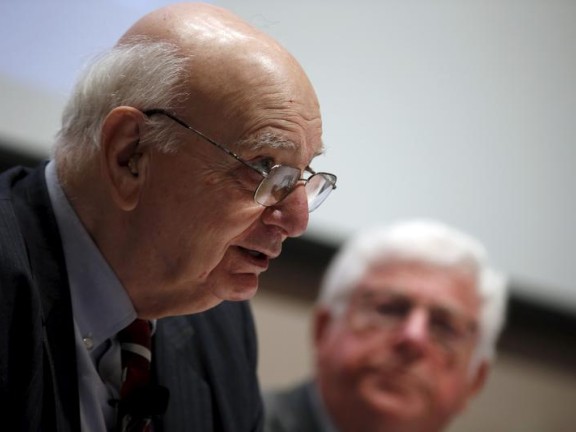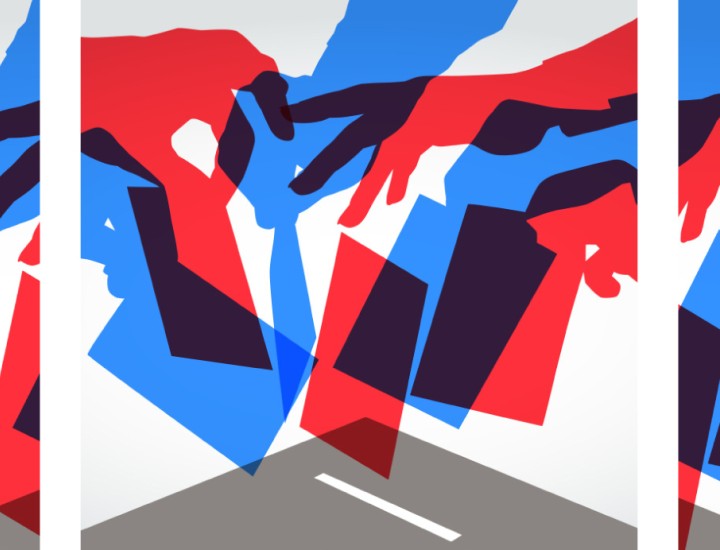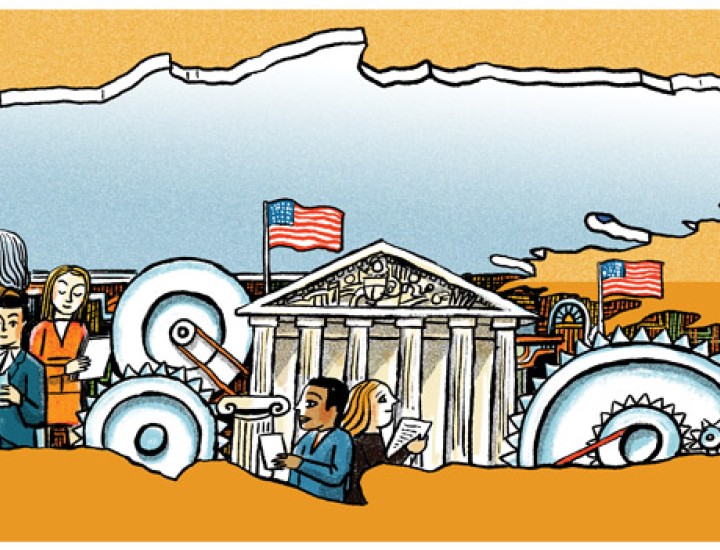Volcker Alliance Board Member William Rhodes: Tall Paul's Shadow

[This article was originally published in Reuters Breakingviews on June 14, 2021.]
Paul Volcker, the former Federal Reserve chairman who was my longtime friend and officemate, died at the end of 2019 before Covid-19 swept the planet. But as the world has struggled to cope with the economic and human damage inflicted by the pandemic, I am often reminded of Paul’s concerns that policymakers would forget the important lessons imparted during his years as the central banker who led the fight against runaway American inflation.
The U.S. economy is finally exiting the coronavirus crisis, with half of adults inoculated and vaccines available to everyone who, in America at least, is willing to receive a shot. Growth is heating up, with output rising at a robust 6.4% in the last quarter, a rate not seen since 2003. Forecasters predict that U.S. GDP will soon return to the size it was before the virus hit.
This is to be celebrated. Everyone wants to get out of the house, live a little, see friends and families and cast aside bad memories of the past horrible year. But as markets boom, and vaccinated consumers re-engage, supported by exceptionally supportive monetary policy, highly stimulatory fiscal policies, and rapidly rising asset prices, I worry the Fed faces the risk of an inflationary “Volcker Moment.” The central bank must be prepared to step in quickly if price increases are not fleeting, but sticky – and damaging, especially to the poor.
My friend Paul became chair of the Federal Reserve System in August 1979 after being nominated by President Jimmy Carter, at a moment when America was beset by national doubt and stagflation. He immediately set to work to tame inflation, which was running out of control, and rapidly increased interest rates. They peaked at 20% in December 1980. Paul succeeded in halting inflation, and in doing so he re-established central bank credibility, even if the monetary policy medicine caused a sharp slowdown in 1981 and a recession in 1982.
I had the good fortune and honor of sharing offices with Paul during the last years of his life. He often discussed his concerns that with the passage of time, individuals, investors, and governments, and perhaps even the Fed itself, might begin to forget the pain of inflation and the need for robust preemptive action. I fear today that we are at real risk of being lulled into a false sense of calm just as the inflationary dragon is baring its sharpened fangs. The ingredients for a Volcker Moment are in plain sight throughout the economy.
Pricing signals are ominous. April’s Consumer Price Index leapt by 4.2% on an annual basis, the largest jump since 2008. Sector by sector, prices are rising across many parts of the U.S. economy. Today most small businesses report raising prices, a development not seen for decades. Energy costs are also up. Car prices are up (used and new) as supply is constrained. Construction is booming. House prices are rising. Copper and iron have doubled over a year. Recent trade supply chain troubles and shortages are adding to the inflationary dynamics.
Wages, too, are up 3.3% from January to March, with strong demand for workers, especially in the services sector. As consumers, we can tangibly see that the costs of things in our daily lives are going up. The Fed hopes this inflationary bump is short-lived. I am concerned that the Fed is wrong, for irrational exuberance and liquidity fueled spending is everywhere to be seen.
The rise of cryptocurrencies like bitcoin, ethereum, dogecoin, and scores of others, now worth more than $2 trillion, according to Coinbase, is one possible red flag. These crypto-assets perform none of the classic functions of money. They are highly unstable, unregulated, environmentally destructive, speculative punts on an upward trajectory. Absent central bank backing, these dubious digital bets may end badly for many more than they enrich.
Consider very large sums being raised by special purpose acquisition vehicles, which CNBC reports secured $38 billion in January 2021 alone, more than was raised in the whole of 2020. Investors flush with cash are rushing to commit money to projects sight unseen.
Or take the frenzied sale of digital art and collectibles through so-called non-fungible tokens, which purport to guarantee the uniqueness of a purchase, but which really are an exercise in conspicuous consumption and display of wealth, not an investment in a tangible asset. A bullish Singaporean investor paid a record $69 million for an NFT issued by the artist Beeple. NFT sales in the first quarter hit $2 trillion, a staggering 20 times the volume in the preceding quarter, with twice as many buyers as sellers. This looks like a classic bubble.
I am sure that if Paul were alive, he would be alarmed by these pricing signals, excesses, and the dangers they pose to the long-term health of the global economy and to the prosperity of the middle class. I have no doubt that if we were back in our adjoining offices in midtown Manhattan, he would be telling me the need to connect the dots, which will all lead to the thing he spent the formative part of his career fighting: the insidious disease of inflation.
The question is whether the Fed is ready and willing to confront what looks very much like a Volcker Moment. Will Chair Jay Powell take the monetary punchbowl away fast enough? Or will he wait too long and let the postpandemic party get out of hand? We will find out soon enough. I am just sorry that Paul is not around to remind us of what happens if we get it wrong.
William Rhodes president of William R. Rhodes Global Advisors and former chairman and chief executive of Citibank. Stuart P. M. Mackintosh contributed to the article.

